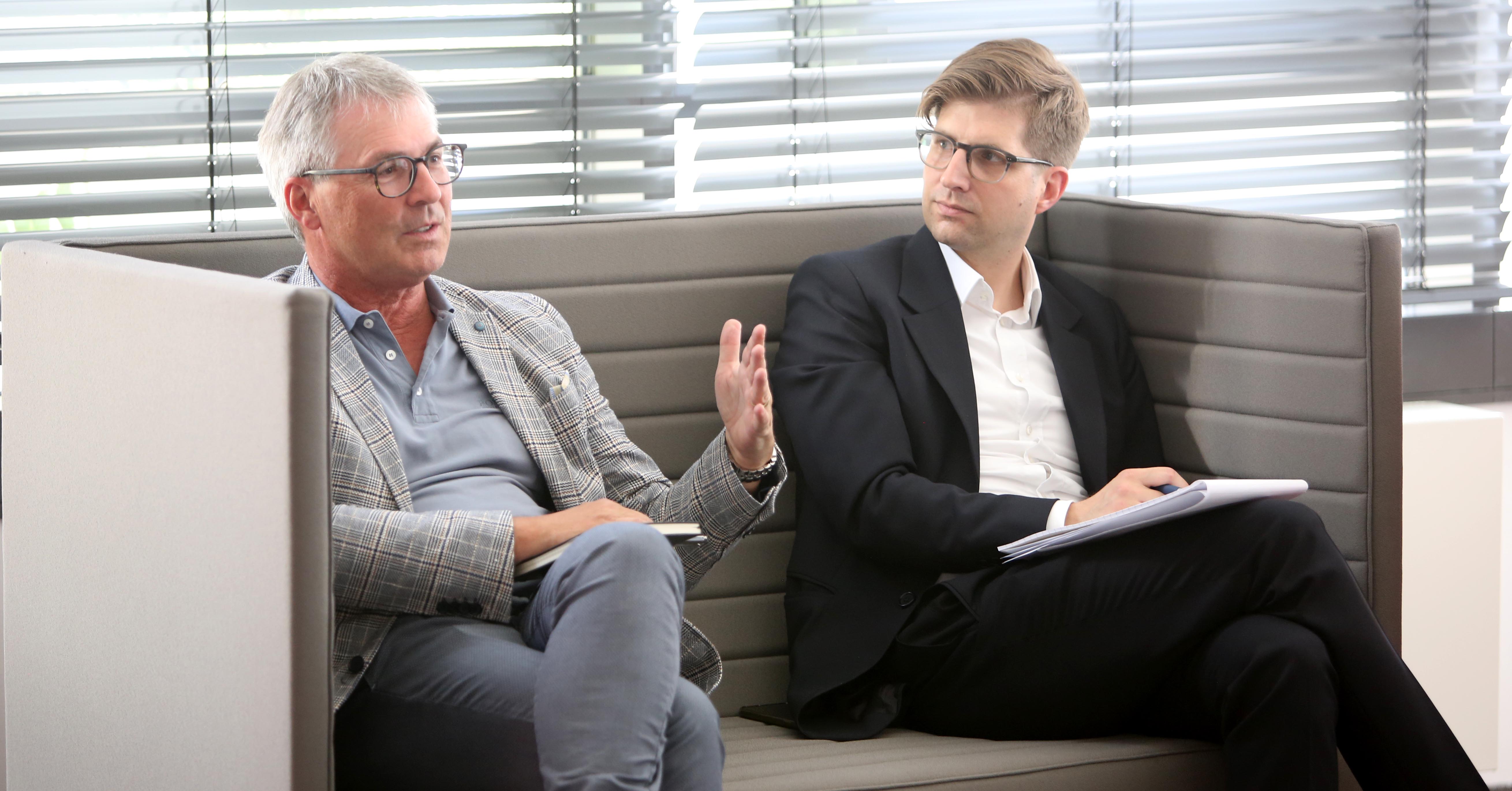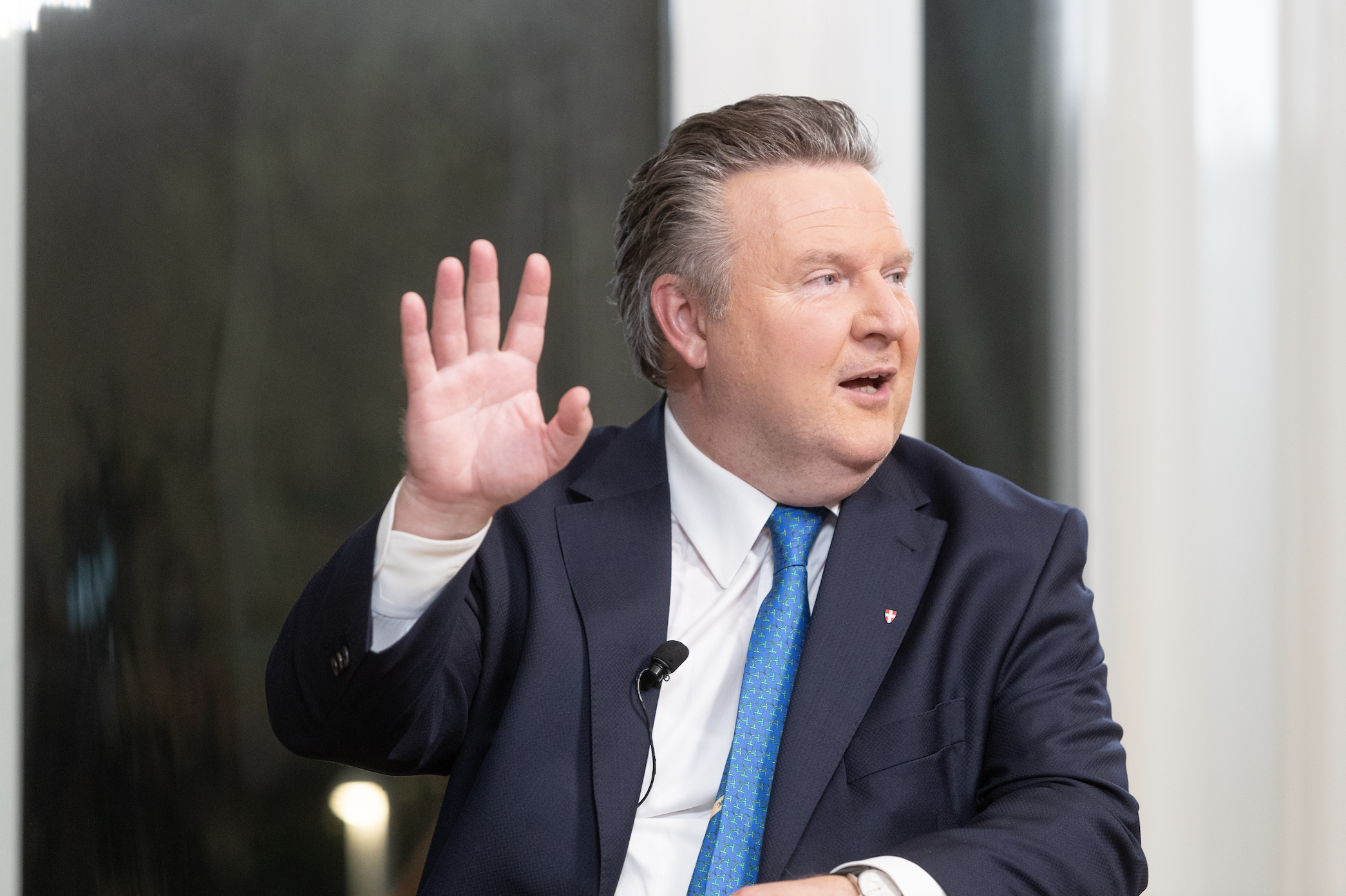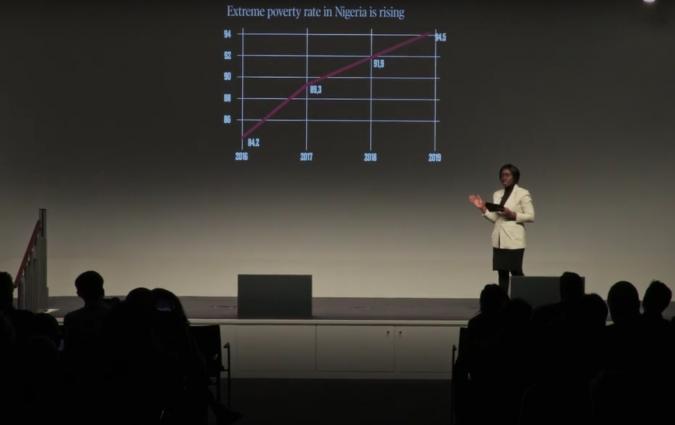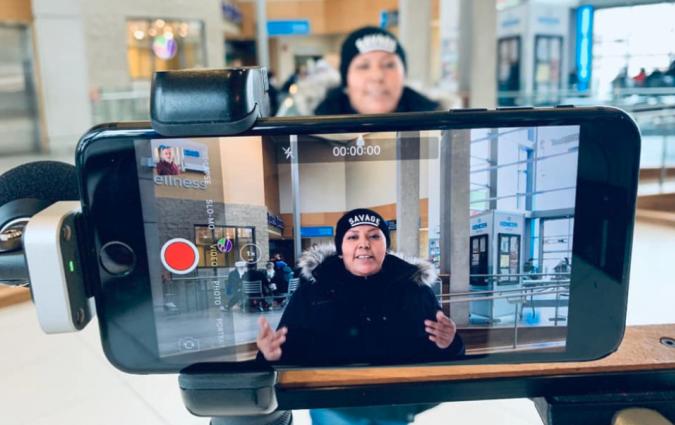Trust us: open your newsroom doors

The author Philipp Wilhelmer (right) with his colleague from the KURIER crime desk, Martin Gebhart (left). (Photography: Gerhard Deutsch)
Journalists like to pretend we spend our days meeting with mysterious sources in darkened parking garages, or sifting through secret documents to hold the powerful to account.
But if we’re honest, most of our time is spent taking notes at a council meeting on potholes, rebuffing endless inappropriate PR requests, monitoring CrowdTangle, transcribing, chasing deadlines and tracking our share count.
And yet much (if not all) of what is described in the last paragraph is completely foreign to our readers’ understanding of the work we do. Why should our work remain such a black box of mystery when so much of it is so mundane?
In Austria, trust in media sits at around 40% according to the Reuters Institute Digital News Report 2020. It’s an increase of 1% from the previous year. “The role played by the media in the fall from government of the right-wing freedom party
FPÖ has bolstered trust with liberal voters – and overall,” the report reads.
If trust is so crucial to defending our democratic norms, isn’t it time we started being more transparent about what it is that we do? That’s the question journalist Philipp Wilhelmer tried to answer during his time as a fellow at the Reuters Institute.
KURIER, where Wilhelmer works, is a German-language paper operating out of Vienna. It is the fourth most-visited news site in Austria according to SimilarWeb (October 2020). Reader trust in the paper sits above average at 51%, according to the Reuters Digital News Report.
This is what happened when he put his theories to the test back home.
"We knew we wanted to open our newsroom to the public to build more transparency and trust. But to whom exactly should we open? And how?
"Audience engagement efforts on social media were an uphill climb. The platforms are just too toxic an environment for trust-building: unpredictable algorithms, anonymous anger and hatred, and the challenge of weeding out organised communication disruption efforts, like bots.
"Instead of a transparent conversation, we were just getting a lot of noise.
"Could we expose more readers to our work by offering guided tours of the newsroom? Nice, but looking at grumpy people sitting behind desks is probably not going to be a very valuable interaction.
"Sometimes the best solution really is the most simple: why not open our doors and invite people inside for a conversation?
"That’s the basis of our idea of Readers’ Panels: we would select groups of 10 readers to come to the newsroom over the course of three months, and have conversations with our editor-in-chief, Martina Salomon.
"We launched our first panel in July 2020, in the lounge on the top floor of our office.
"We were anxious about what to expect. Would people be overly critical? Would they participate in a meaningful way? We prodded them cautiously at first: 'How do you like our product? And how can we do better?' But soon the conversation became very lively and quite interesting. Our readers asked us questions, and told us frankly if, when and why they find us trustworthy.
"In the weeks that followed, we showed them how we work: how we select our stories, how we deal with (often diverging) sources. They were interested, and kept coming back. Through the conversations, we tried to learn when to keep it simple, and when to take a deep dive.
"And we learned from them. 'Do you like the information about weekend activities in the thick Sunday paper?' ('Of course not! People plan ahead.' We plan to adapt our Culture section accordingly.)"
Do you have better questions? A more interesting opinion? What needs to be discussed in your view? Let’s talk about it.
"That was our call to action, put out on social media, and in the paper. We asked those who were interested to send us their CV and tell us why they wanted to take part in a Readers’ Panel.
"After we had carefully chosen a diverse and gender-representative group, I phoned each of them personally and told them what to expect, started getting to know them, and made sure we were all on the same page. Only one person decided to drop out at this stage.
"The group of 10 was then invited to join us on a monthly basis – depending on everybody’s schedule, we can arrange meetings more frequently. In these meetings, we spend roughly 90 minutes with the editor-in-chief and/or other key members of the news team.
"Sometimes the requests can be very specific ('We want to meet your investigative team'), at other times they are more general ('Can we have a peek at the morning conference?').
"We are happy to help."
“My editor in chief told me: 'Journalists have a tendency to look at the world based on their personal environment and reality of life. We try to avoid this trap by meeting our readers at eye level. Also the panelists may become brand ambassadors for KURIER, which is a welcome side effect.'
"After three months, we repeated the call and will select a new group of 10 readers. And we will stay in touch with the previous panellists by inviting them to discussions with politicians and entrepreneurs, open houses, and other events that KURIER holds.
"In the words of my colleague, Bernhard Gaul from KURIER’s Politics desk: 'One of the key challenges in our job is to visualise the reader. We usually try to think of our parents or grandparents as a stand-in. It was a refreshing experience to meet a diverse group of actual readers. They were smart and interested in diving deep into the matter. We got a lot of positive feedback for our work too. It was a surprisingly warm encounter.'"
What do the readers learn?
They get to peek behind the curtain: it turns out showing people how the sausage is made is not as detrimental as everyone said it would be.
They see us in person and put a face to the byline. They can discuss their interests and concerns with us.
They witness us arguing. When you see the reality of the daily clash of opinions that happens in newsrooms every day, it becomes far less easy to believe in any conspiracy of a stealth propaganda operation.
They feel valued. (And they are.)
What do we get out of this?
A new depth of feedback for journalists in the age of social media and data points. And that feedback is detailed, human, and has proven invaluable.
In an age of being blasted and critiqued at every turn, it was so refreshing to discover that people actually value our profession so much – they are even willing to invest their spare time to hang out with us.
Having readers on the newsroom floor brought a jolt of energy and lifted our spirits.
Putting faces to our audience has made us feel more passionate about the work we do.
"Seniority is key to the success of this idea. When you put out the call to your readers, you need a name they want to meet: a respected figure with a lot of credibility to act as spearhead. You can look outward for this effect too: during the pandemic, we invited the Mayor of Vienna, Michael Ludwig, for a TV interview. The audience was composed of Readers’ Panelists who were able to ask questions and raise concerns.

"You’ll also need the whole management team to buy into this venture. They’ll need to be willing to allocate time and resources, and provide support at every step.
"Remember: newsroom culture changes slowly. For some members of your team, this might seem sacrilegious. Be patient with these folk: the experience will do more to convince them than anything else.
"In the end: be gentle, be nice, be smart. (You’re journalists, you know how to get what you need.)"
COVID response
"The pandemic of 2020 threw something of a spanner into the works of our Reader Panel programme. As of October 2020, our newsroom has made the switch to a digital-only workflow. This means, for now, that we cannot throw open the doors and invite people into our newsroom," says Wilhelmer.
"So we’re looking into ways to adapt the programme. One upside of the pandemic: everyone knows how to video conference now.
"Of course, Zoom only takes you so far, so we’re investigating new collaborative work platforms like Miro to see how to adapt. We look forward to sharing these lessons. For now, we’ll just keep the conversations going."




